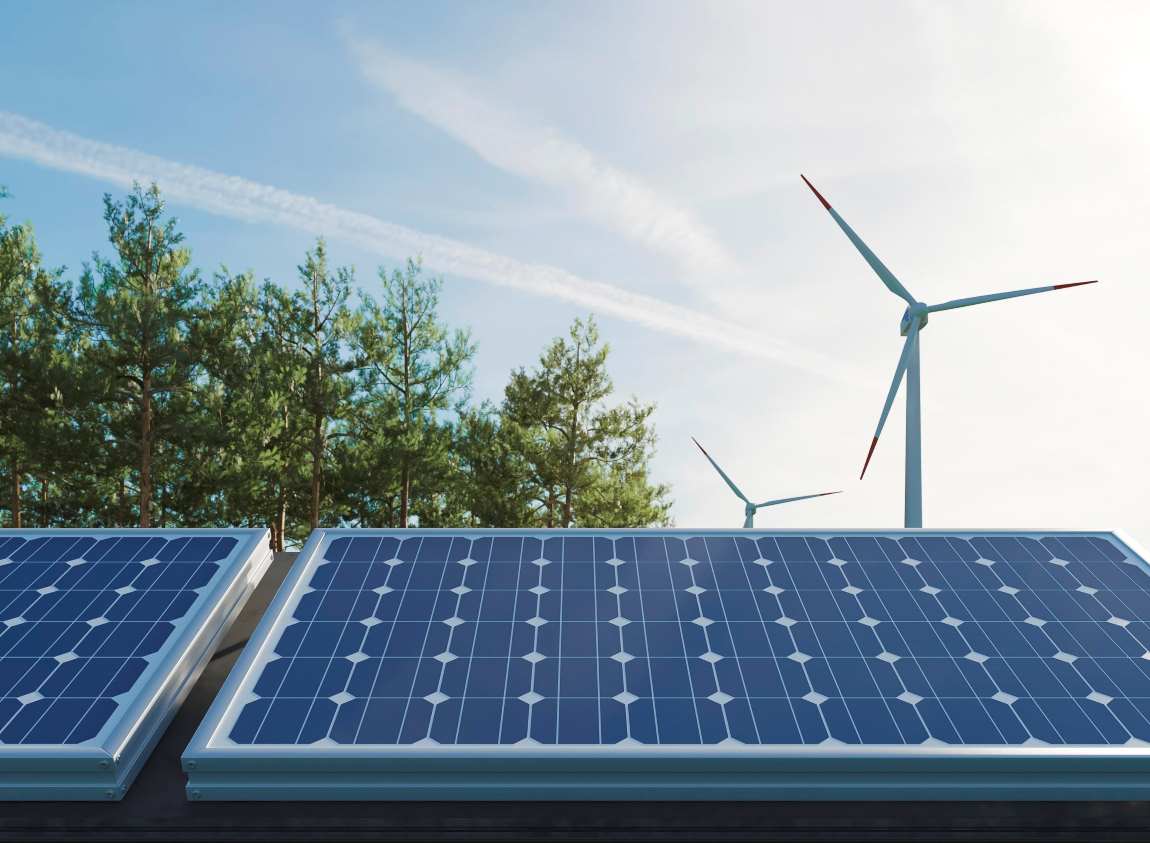A new study by researchers at Peking University has unveiled a critical challenge to China’s renewable energy ambitions: the increasing frequency of compounded low-solar and low-wind (LSLW) extremes.
These simultaneous dips in solar and wind energy availability, exacerbated by climate change, pose a significant threat to the stability of renewable energy generation.
The findings, published in National Science Review, emphasize the vulnerability of China’s power grid to these compounded events, which could jeopardize the country’s progress toward its 2060 carbon neutrality goal.

Science China Press – This study, led by Dr. Yue Qin and Dr. Tong Zhu from the College of Environmental Sciences and Engineering at Peking University, represents one of the first comprehensive efforts to analyze the spatiotemporal patterns and drivers of compound low-solar-low-wind (LSLW) extremes across China. By coupling multi-model climate simulations with state-of-the-art statistical and diagnostic analyses, the research provides crucial insights into this emerging challenge.
“Our results suggest that under compound LSLW extremes, renewable energy generation could be significantly compromised,” said Dr. Yue Qin, one of the corresponding authors. “Even more concerning, climate change could intensify the frequency of such events, escalating threats to China’s renewable energy supply and potentially hindering progress toward carbon neutrality.”
China has pledged to achieve carbon neutrality by 2060, necessitating a profound transition toward solar and wind energy. Unlike fossil fuels, solar and wind power depend heavily on fluctuating meteorological conditions, making them inherently variable and intermittent, which poses significant risks to the stability of electricity supply.
While individual renewable energy resources have been widely studied, much less is known about the compounded challenges posed by simultaneous low solar and wind energy availability. Despite increasing recognition of compound events — such as drought-heatwave or wind-precipitation extremes — and their impacts, the vulnerability of renewable energy systems to these compound events remains understudied, particularly in China, a global leader in wind and solar energy investments.
The study highlights a strong topographic dependence in the frequency of compound LSLW extremes, with a national average frequency of 16.4 days per year (10th-90th percentile range: 5.3–32.6 days per year).
Renewable energy supply in eastern China is particularly affected, with power output during these extremes dropping by ~80% compared to average climate conditions. The researchers also projected changes in compound LSLW extremes under future climate scenarios. They found that the frequency of such events increases nationwide across all scenarios, with the Tibetan Plateau and northwestern China facing high LSLW frequency and projected to experience significant frequency increases.
“In particular, a striking increase of compound LSLW extremes’ frequency occurs under SSP370 scenario with aerosol emissions increase due to the assumption of a lenient air quality policy.” said Licheng Wang, the lead author from Peking University. “It is noteworthy that the distinct increase in aerosol loading under SSP370 scenario, likely plays an important role in driving the most striking increases in compound LSLW extremes’ frequency observed nationwide. The high aerosol loading weakens wind speed by inducing a more stable boundary layer and attenuates radiation by absorbing and scattering incoming solar radiation.”
The researchers also test the inter-grid electricity transmission as an adaptation strategy, and find that it can significantly reduce the potential impacts caused by both the frequency (by over 91%), and the intensity of compound extremes indicating the extent of LSLW power output failures (by 59%-85%) of compound LSLW extremes.
Notably, Xizang often demonstrates the largest potential in mitigating LSLW-induced renewable power shortages for other regions via grid interconnection. However, current interregional electricity transmission infrastructure is largely insufficient in Xizang, due to both geographical and economic challenges in developing (ultra-) high-voltage electricity transmission. Therefore, advancing renewable energy infrastructure project in Xizang could potentially play an important role in supporting China’s carbon neutrality targets.
Without a robust understanding of China’s compound LSLW extremes, renewable energy investment and power sector planning could be inadequately informed, jeopardizing China’s pursuit of carbon neutrality — a critical component of global carbon mitigation efforts.
“By revealing the geospatial and temporal evolution of compound LSLW extremes and their underlying physical mechanisms under climate change, our study emphasizes that these events are not random but predictable,” added Dr. Yue Qin. “This underscores the importance of proactive preparation and mitigation to address this pressing challenge.”
Journal Reference:
Licheng Wang, Yawen Liu, Lei Zhao, Xi Lu, Liangdian Huang, Yana Jin, Steven J Davis, Amir Aghakouchak, Xin Huang, Tong Zhu, Yue Qin, ‘Unraveling climate change-induced compound low-solar-low-wind extremes in China’, National Science Review nwae424 (2024). DOI: 10.1093/nsr/nwae424
Article Source:
Press Release/Material by Science China Press
Featured image credit: Freepik




